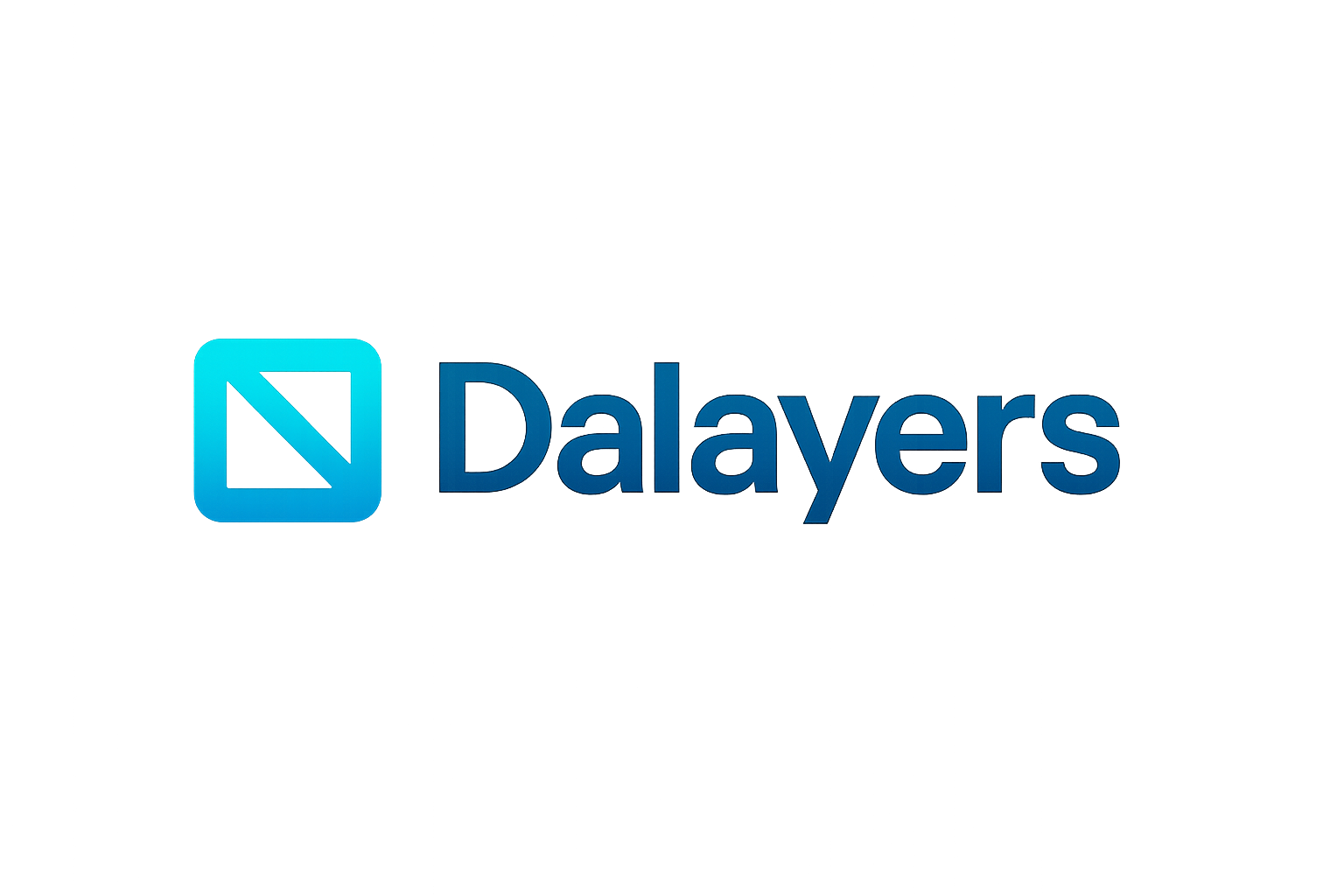
Few innovations in blockchain infrastructure have generated as much technical excitement as Random Linear Network Coding (RLNC). In the context of modular blockchains, RLNC is rapidly emerging as a cornerstone technology for scalable, efficient, and robust data availability. As the modular paradigm gains traction, with projects decoupling execution, consensus, and data availability, the need for more dynamic and resilient data propagation has never been greater. RLNC delivers on this front, empowering blockchains to meet the demands of modern decentralized applications.
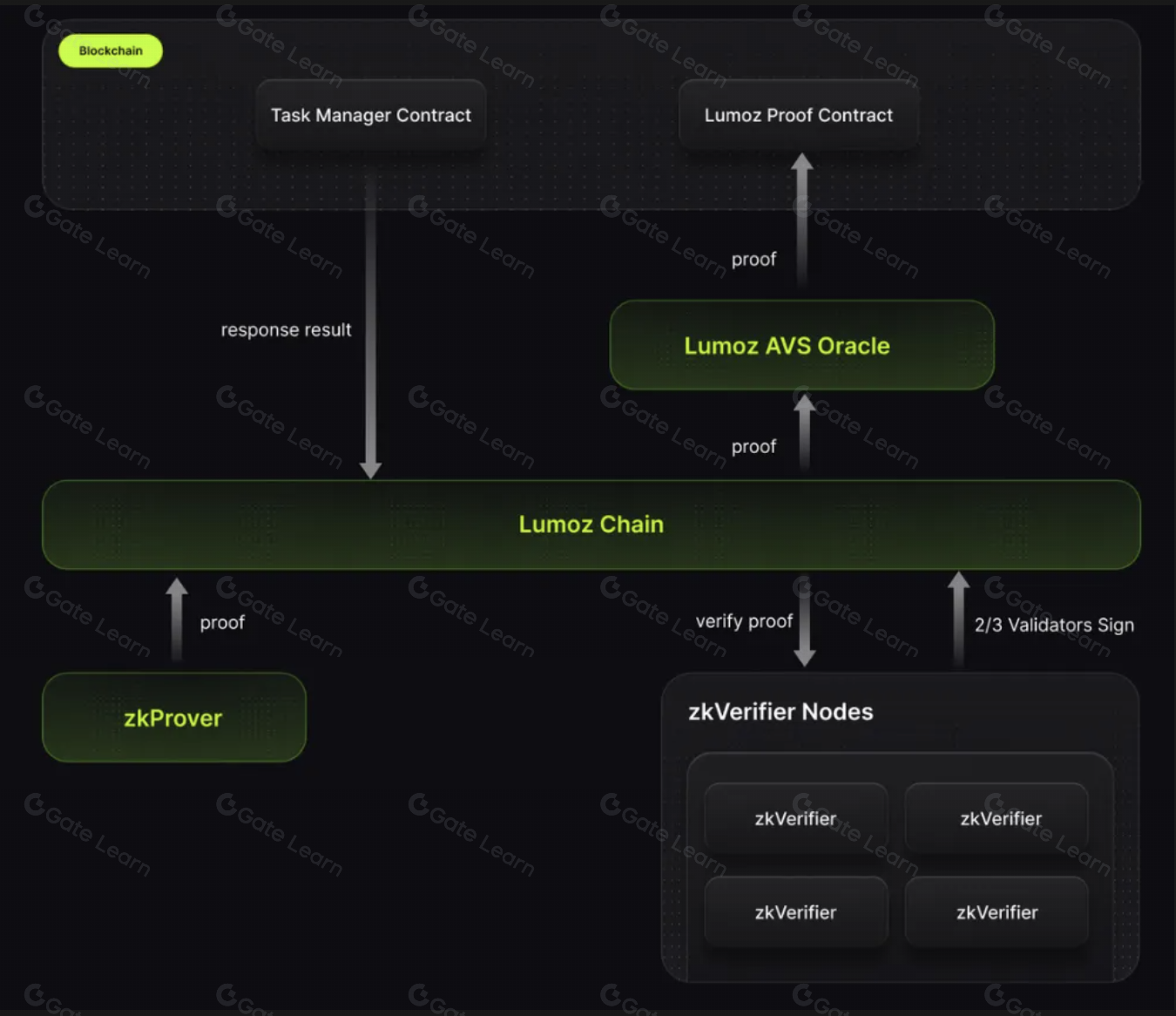
What Is Random Linear Network Coding (RLNC)?
At its core, RLNC is a mathematical technique that encodes data into random linear combinations before distributing it across a network. Instead of transmitting raw or simply partitioned data, RLNC transforms information into coded packets, each a linear combination of the original data blocks, generated using randomly chosen coefficients. This approach means that any subset of a sufficient number of coded packets can be used to reconstruct the original data, even if some packets are lost or corrupted along the way.
This property is especially potent for blockchain data availability. In traditional blockchain networks, every node must download and verify the full set of block data, which can be slow and bandwidth-intensive as networks scale. RLNC allows nodes to retrieve just a subset of coded pieces, dramatically reducing the overhead for data sampling and verification. The result: faster block propagation, greater resilience to network failures, and a substantial leap in scalability.
Why RLNC Fits the Modular Blockchain Paradigm
Modular blockchains separate core functions, execution, consensus, and data availability, into distinct layers. This separation enables each layer to specialize and optimize for its specific role, but it also introduces new challenges. Chief among them: how can the data availability layer ensure that transaction data is reliably accessible, even as the network grows and becomes more decentralized?
RLNC is uniquely suited to answer this challenge. By allowing for flexible, on-demand generation of coded samples, RLNC enables data availability sampling protocols that are both efficient and robust. Instead of requiring every node to store or relay all data, RLNC empowers networks to distribute the burden, making it possible for lightweight nodes to verify data availability with minimal resources.
Recent research, such as the arXiv preprint on RLNC for modular blockchains, demonstrates that RLNC-based sampling can provide mathematically provable assurances of data availability. This is a significant improvement over traditional erasure coding or simple data sharding, where missing or malicious nodes can more easily disrupt data recovery.
Key Benefits of RLNC for Modular Blockchain Scalability
-
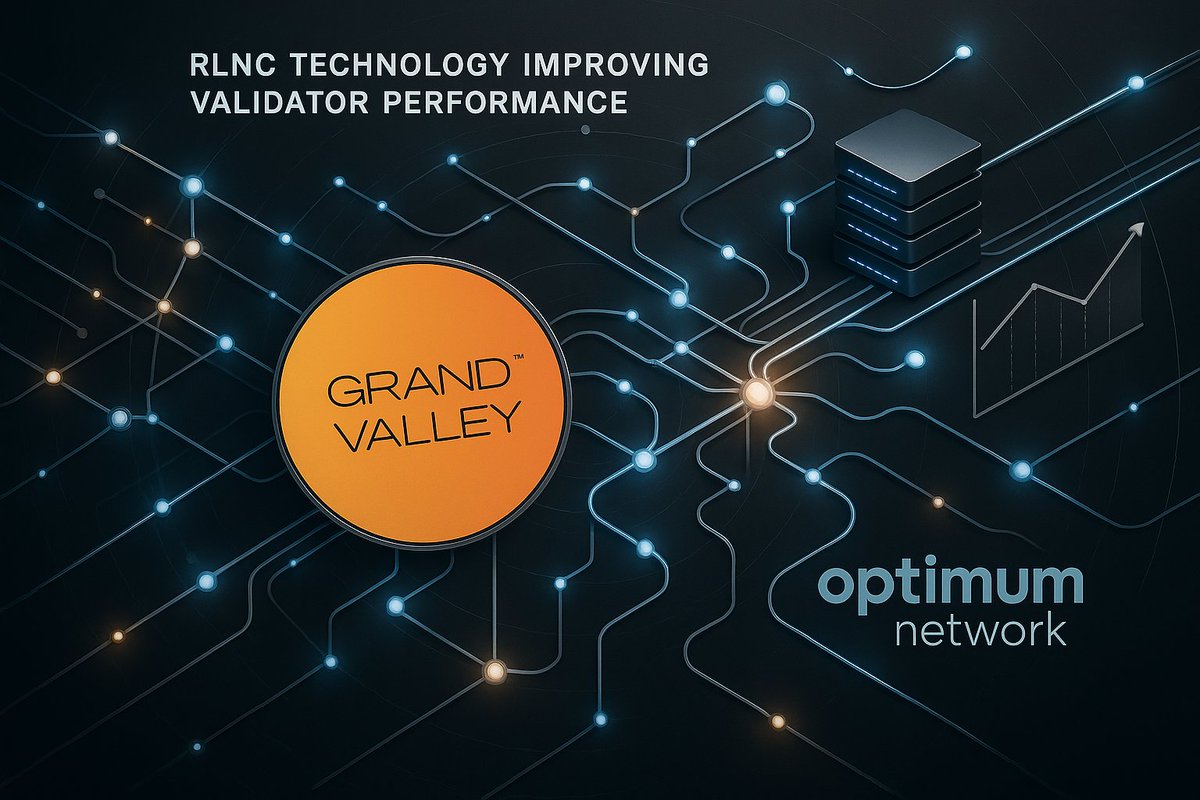
Enhanced Data Availability: RLNC enables nodes to reconstruct original data from a subset of encoded packets, ensuring robust data availability even if some nodes or packets are missing. This minimizes the risk of data unavailability in modular blockchain architectures.
-
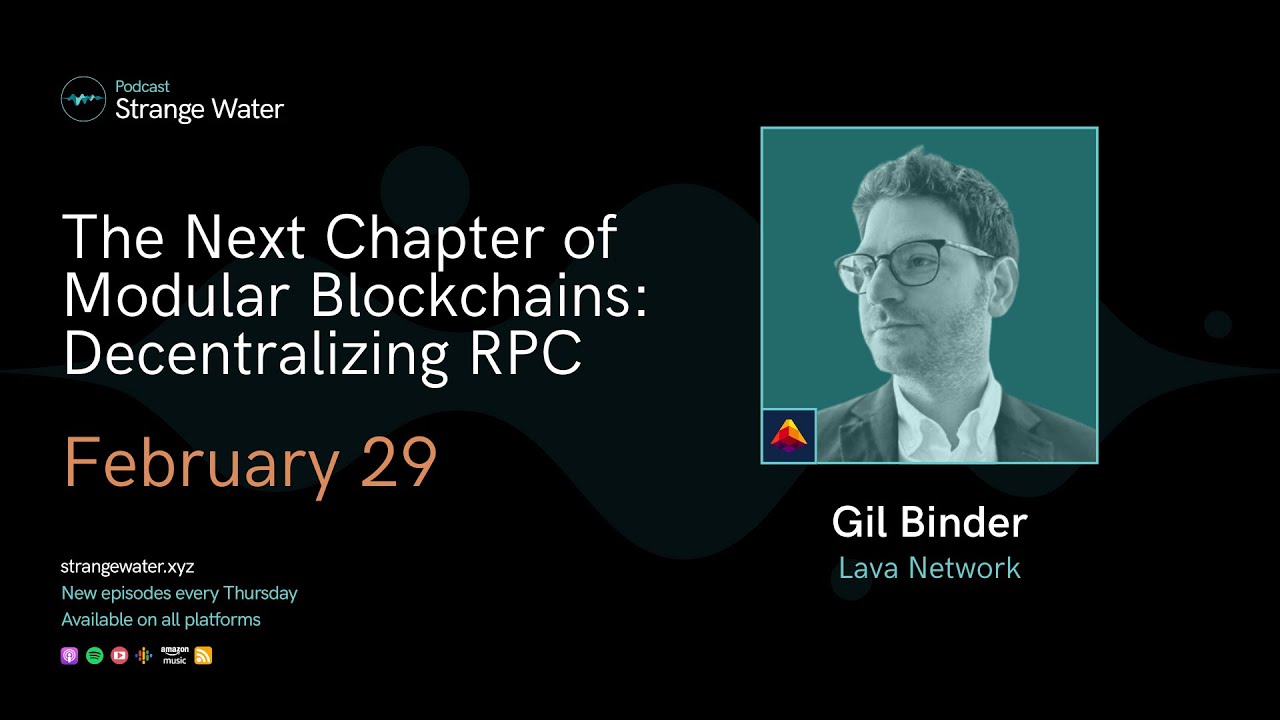
Improved Network Resilience: By distributing data as random linear combinations, RLNC increases fault tolerance and resistance to network attacks or node failures, making modular blockchains more secure and reliable.
-
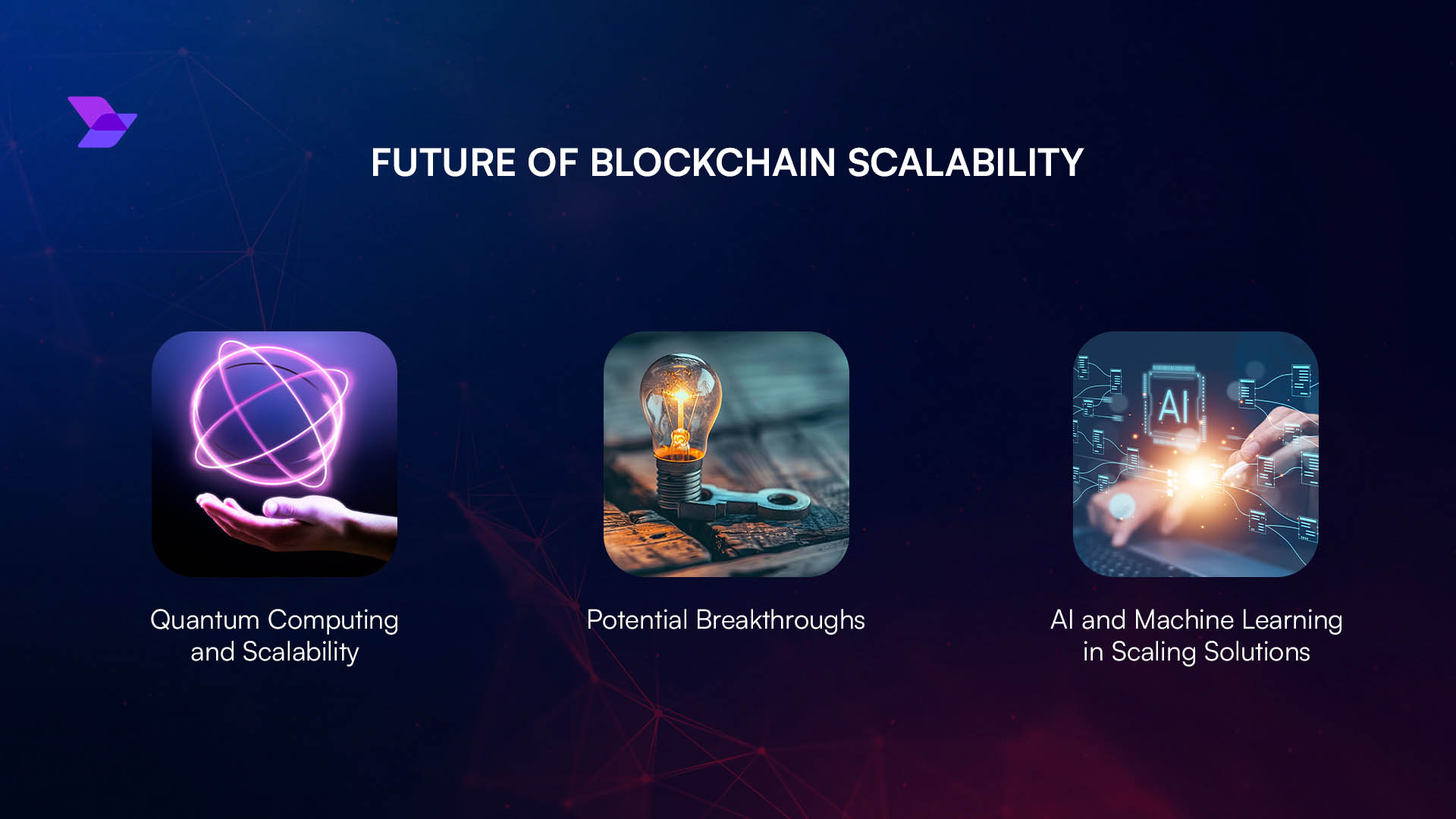
Efficient Data Dissemination: RLNC allows for flexible, on-demand generation of coded samples, reducing bandwidth requirements and enabling faster data propagation across the network.
-
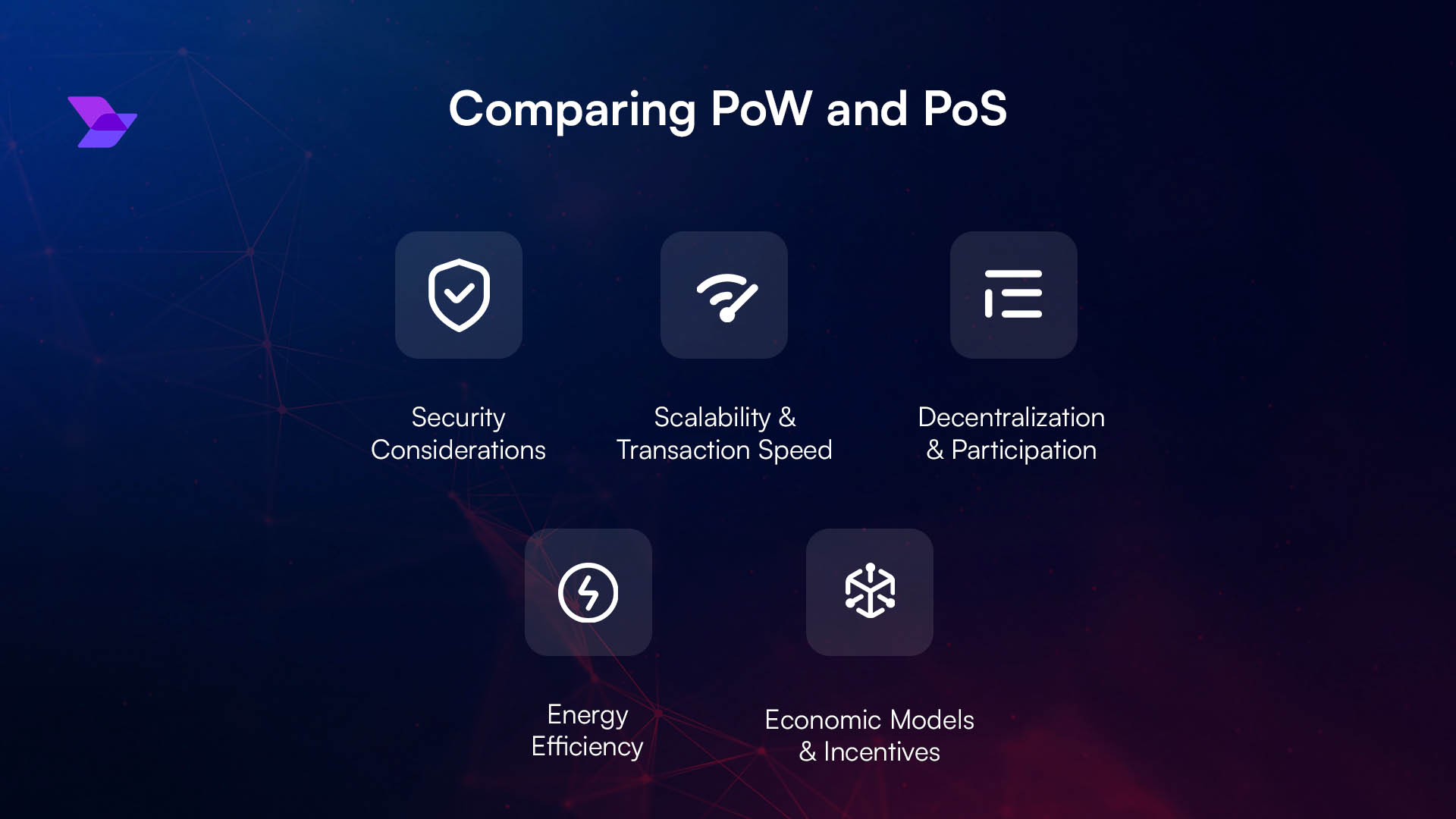
Reduced Storage Overhead: With RLNC, not every node needs to store the full dataset. This reduces storage requirements and allows for more scalable and lightweight blockchain nodes.
-
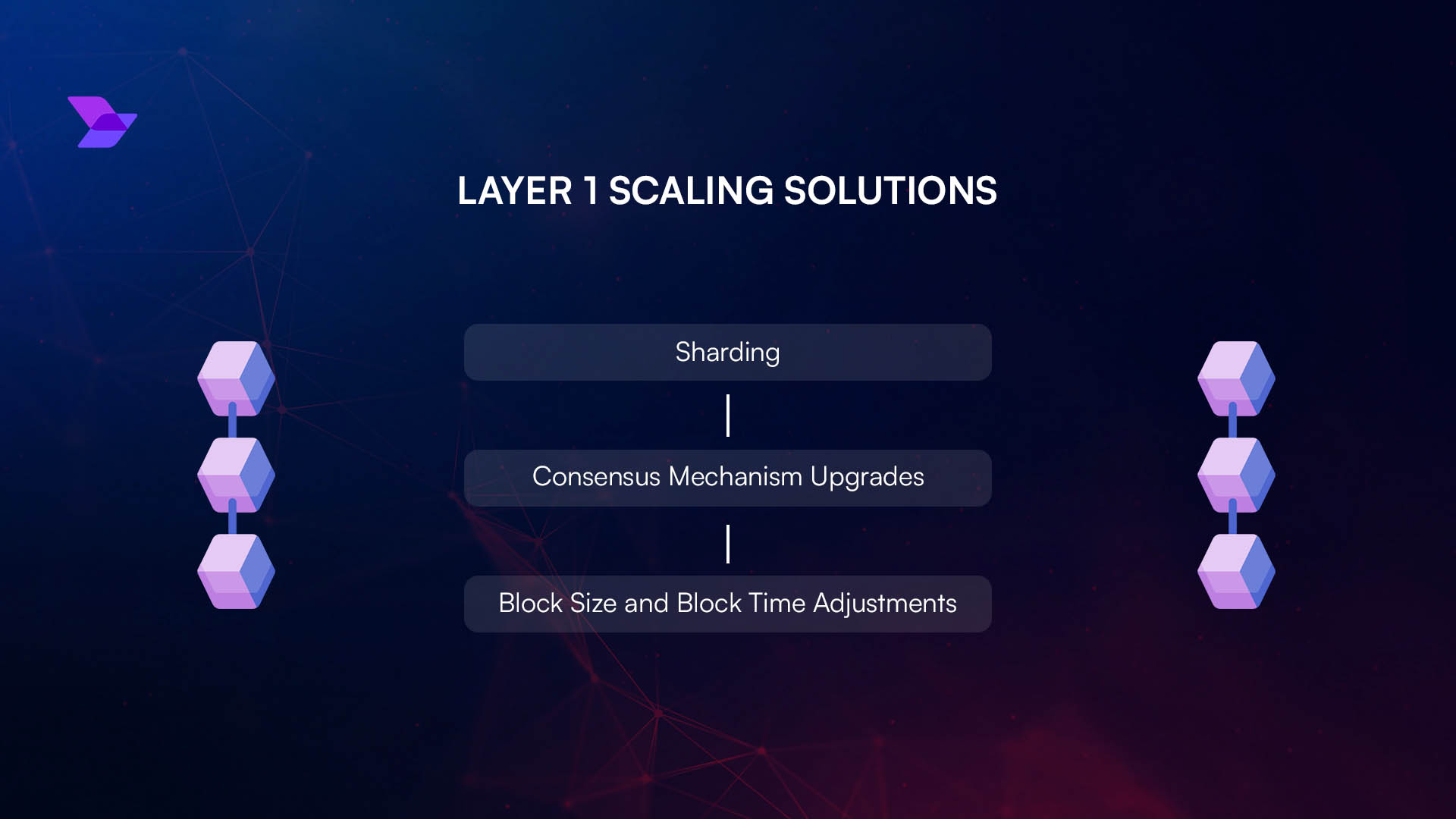
Stronger Data Availability Guarantees: Research (see arXiv) shows RLNC provides stronger assurances of data availability compared to traditional erasure coding, making it a strategic choice for next-generation modular blockchains.
Real-World Adoption: Optimum and the Next Generation of DA Layers
Leading-edge projects are already leveraging RLNC to power new data availability solutions. For example, Optimum, a high-performance decentralized memory layer, employs RLNC to transform data into coded chunks, optimizing both storage and retrieval in complex, unreliable environments. This approach not only improves blockchain scalability but also lays the groundwork for a more robust Web3 data layer, one where data is always available, even in the face of network outages or targeted attacks.
Performance benchmarks from open-source RLNC implementations, such as kodr, further reinforce RLNC’s practical advantages. These tools demonstrate that full data reconstruction can be achieved quickly and reliably, even when only a fraction of the coded pieces are available. The result is a blockchain network that is more resilient, more scalable, and better equipped for the demands of tomorrow’s decentralized applications.
Another critical advantage of RLNC is its inherent adaptability. As modular blockchains evolve, the data availability layer must flexibly accommodate fluctuating user loads and diverse network topologies. RLNC’s on-demand coded sample generation means that whether the network is experiencing a surge in activity or operating under constrained conditions, data propagation and recovery remain efficient. This property is especially important for DA layers aiming to serve a global user base and support high-throughput decentralized applications.
Security is another area where RLNC shines. By dispersing information across coded packets, RLNC significantly increases the network’s resistance to data withholding and censorship attacks. Even if a subset of nodes is malicious or offline, honest nodes can still reconstruct the original data as long as they collect enough coded samples. This threshold property not only strengthens liveness guarantees but also enables more decentralized participation in data availability sampling, paving the way for lighter, more trust-minimized clients.
Implications for Web3 Data Availability Solutions
As Web3 infrastructure matures, robust data availability is no longer optional, it is foundational. RLNC’s ability to optimize block propagation and minimize the bandwidth required for verification directly addresses one of the most persistent bottlenecks in blockchain scalability. Projects like Optimum are setting a precedent for how these techniques can be integrated into real-world protocols, offering a blueprint for future DA solutions.
RLNC-Powered Data Availability Solutions in Modular Blockchains
-

Optimum – Decentralized Memory Layer for Web3: Optimum is a high-performance, RLNC-powered decentralized memory protocol designed to enhance data availability and scalability for modular blockchains. By leveraging random linear network coding, Optimum enables efficient data sampling and reconstruction, reducing redundancy and improving resilience against data unavailability. The project has gained significant attention and funding, reflecting its real-world adoption in the blockchain space.
-
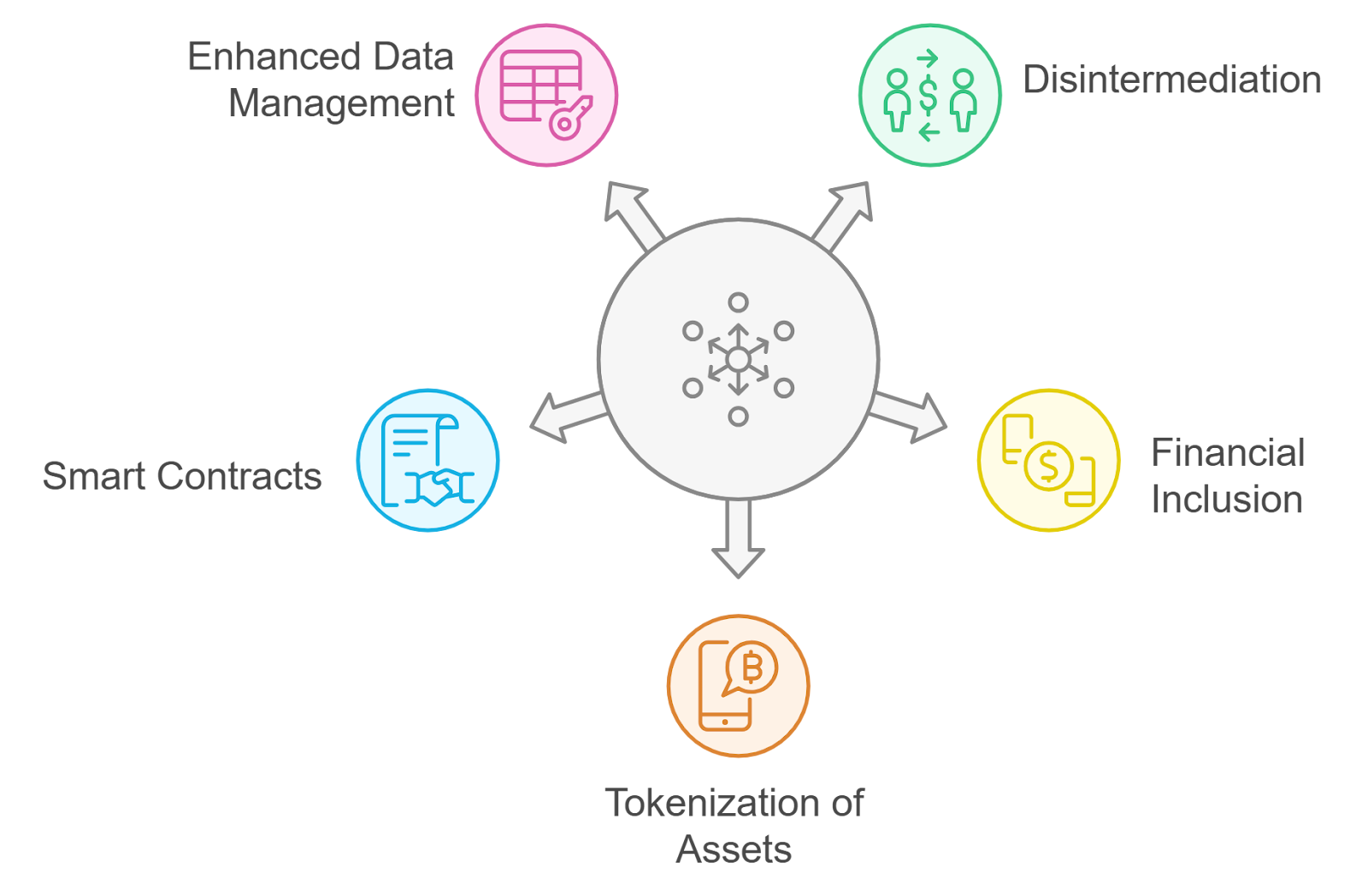
RS-RLNC – Reinforcement Learning-Based RLNC Framework: RS-RLNC is an advanced research initiative combining reinforcement learning with RLNC to optimize data availability and transfer in distributed systems. This framework dynamically selects between block-RLNC and sliding window RLNC, adapting to network conditions for improved reliability and efficiency. Its relevance to modular blockchain architectures is highlighted in recent academic literature.
-
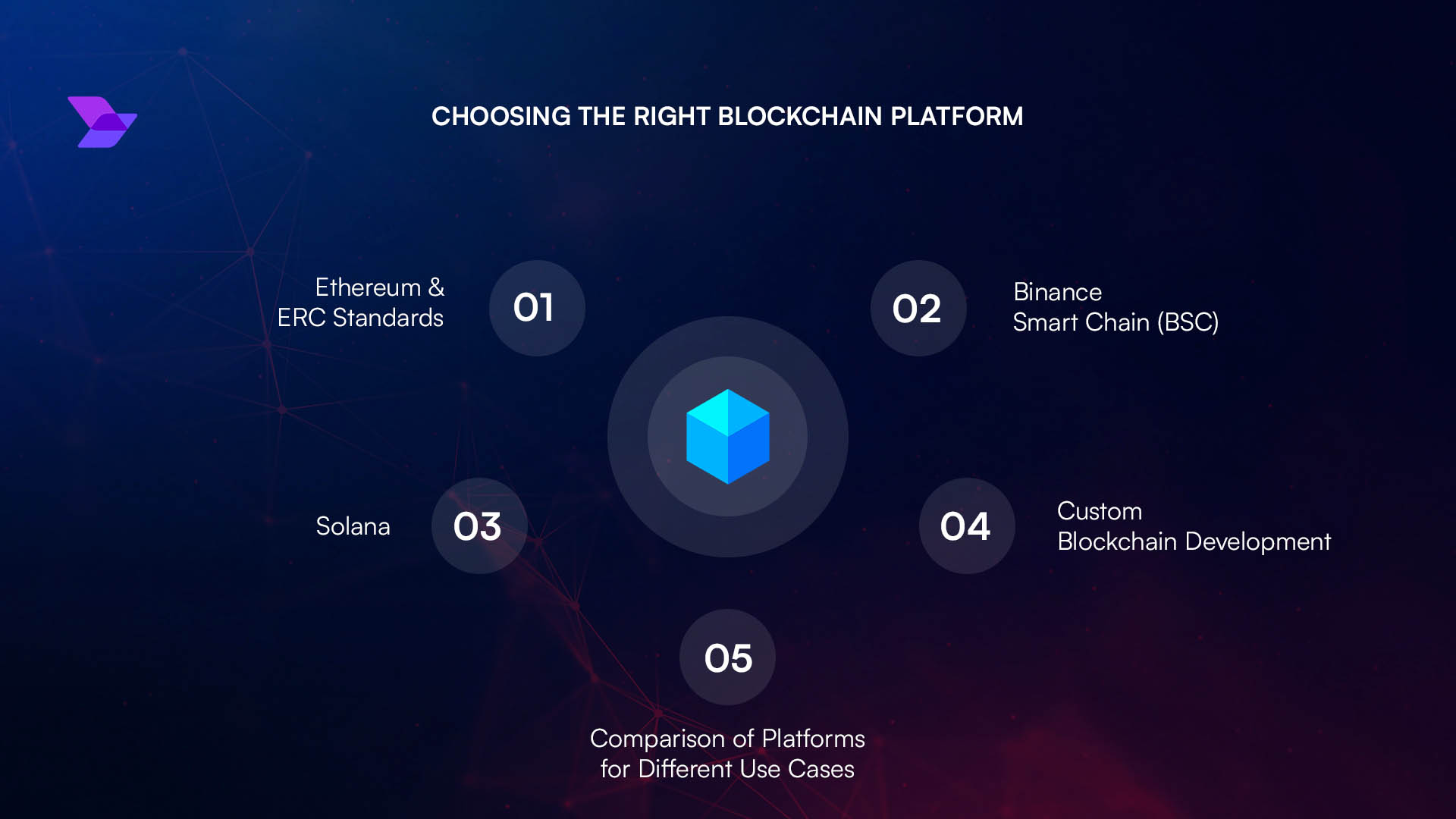
kodr – Open Source RLNC Implementation: The kodr project provides an open-source RLNC encoder and decoder library, enabling blockchain developers to experiment with and integrate RLNC for enhanced data availability. Widely referenced in technical discussions, kodr demonstrates the practical performance of RLNC in reconstructing blockchain data from coded fragments.
For developers and researchers, RLNC opens new doors. It enables more expressive DA sampling protocols, supports rapid block times, and reduces the need for redundant storage across the network. For long-term investors, RLNC’s adoption signals a strategic shift toward infrastructure that can genuinely scale with user demand, without sacrificing decentralization or security.
Looking ahead, expect to see RLNC techniques become a staple not just in data availability layers, but in other parts of the modular blockchain stack. With ongoing advancements in adjustable RLNC (ARLNC) and reinforcement learning-based RLNC frameworks, the technology is poised to become even more efficient and adaptive. These innovations will likely further reduce reconstruction times, optimize network resource usage, and provide even stronger guarantees for data recovery in adversarial conditions.
As the modular blockchain paradigm continues to gain momentum, RLNC stands out as a strategic enabler for next-generation scalability and reliability. Its blend of mathematical rigor and practical performance is already transforming how leading projects approach data availability. For those building or investing in the future of decentralized technology, understanding RLNC is no longer optional, it’s essential.
